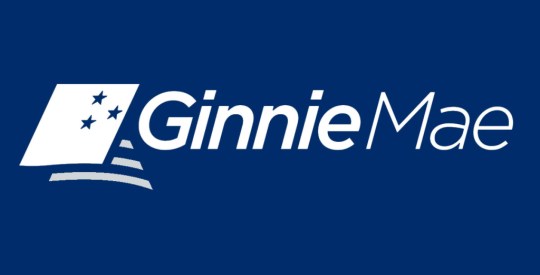A growing number of financial institutions have either missed a dividend payment or requested restructuring a Capital Purchase Program investment the Treasury Department made through the Troubled Asset Relief Program, according to the Government Accountability Office. The Treasury created the CPP in October 2008 to provide capital to struggling financial institutions in an effort to restart lending during the crisis. Under the program, the Treasury provided $205 billion in capital to 707 institutions through the purchase of common stock. The GAO said there was still $49.8 billion in outstanding investments through the CPP as of the end of the third quarter last year. Of these, 144 institutions had not made at least one scheduled dividend or interest payment, totaling $235 million. That increased from just eight in February 2009. Below is a breakdown for how many payments were missed by these companies. (Click on chart to expand.)  Two companies actually made TARP repayments Wednesday through the CPP. Washington Banking Co., repurchased all outstanding shares from the Treasury for $26.6 million in proceeds for taxpayers. Stockmens Financial Corp. paid back one-third of its stock purchased by the Treasury for a $4 million return. The GAO recommended that the Office of Financial Stability in the Treasury should collect and review information from bank regulators that support their decisions on the repayment requests and to make sure all institutions are being treated fairly. According to the GAO, the cost of TARP since it was implemented through Sept. 30, 2010, was $18.5 billion, but its ultimate cost will depend on the ever-moving values of its investments and further payments to be made through initiatives such as the Home Affordable Modification Program. The Treasury estimates TARP will eventually cost taxpayers roughly $50 billion. Currently, there remains a $179.2 billion outstanding balance on Treasury investments through TARP, including the CPP. Of that, $67.2 billion went to automotive companies, $47.6 billion went to American International Group (AIG), $900 million was part of the consumer and business lending initiative and $13.7 billion went into the Public-Private Investment Program (PPIP) through which the Treasury bought legacy toxic assets. Write to Jon Prior. Follow him on Twitter: @JonAPrior
Two companies actually made TARP repayments Wednesday through the CPP. Washington Banking Co., repurchased all outstanding shares from the Treasury for $26.6 million in proceeds for taxpayers. Stockmens Financial Corp. paid back one-third of its stock purchased by the Treasury for a $4 million return. The GAO recommended that the Office of Financial Stability in the Treasury should collect and review information from bank regulators that support their decisions on the repayment requests and to make sure all institutions are being treated fairly. According to the GAO, the cost of TARP since it was implemented through Sept. 30, 2010, was $18.5 billion, but its ultimate cost will depend on the ever-moving values of its investments and further payments to be made through initiatives such as the Home Affordable Modification Program. The Treasury estimates TARP will eventually cost taxpayers roughly $50 billion. Currently, there remains a $179.2 billion outstanding balance on Treasury investments through TARP, including the CPP. Of that, $67.2 billion went to automotive companies, $47.6 billion went to American International Group (AIG), $900 million was part of the consumer and business lending initiative and $13.7 billion went into the Public-Private Investment Program (PPIP) through which the Treasury bought legacy toxic assets. Write to Jon Prior. Follow him on Twitter: @JonAPrior
GAO says more institutions behind on TARP repayments
Most Popular Articles
Latest Articles
Ginnie Mae expands its monthly single-family reporting
The company seeks to monitor potential delinquencies and reduce financial strain on nonbanks
-
Freddie Mac’s proposed home equity product could unlock $850B in originations
-
Brian Icenhower on impact of commission lawsuits and low volume
-
Opinion: If you’re chasing volume, you’re chasing the wrong carrot
-
Why are existing home prices rising when sales are still so low?
-
FundingShield’s Ike Suri on the limits of AI in fighting fraud



